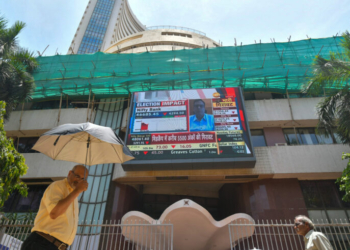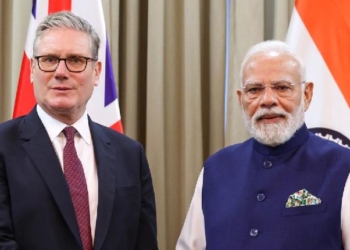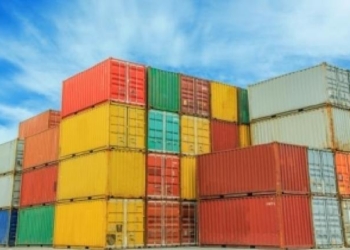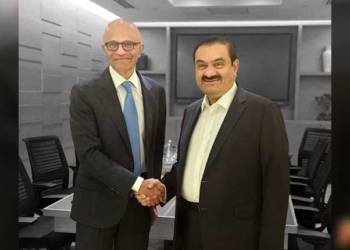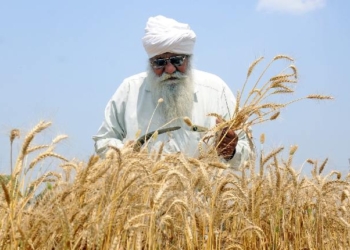New Delhi: The swift shift in global sentiment, high market volatility and fear of recession amid the US tariff shock indicate a 25bps cut by the Reserve Bank of India (RBI) on April 9, with possible change in stance to “accommodative” to give directional easing bias, a report showed on Tuesday.
The Central Bank began its three-day Monetary Policy Committee (MPC) meeting on Monday.
“The extent to which this global trade war could stretch is unclear. Monetary policy may have to do the heavy lifting in India by being more countercyclical than fiscal this year. Implications for India could stem from both, global financial market disruptions and real sector hit,” said Emkay Global Financial Services in the note.
While there is scope for negotiation and de-escalation, “we think this could be a pivotal turning point for emerging markets (EMs) assets in coming months”.
However, the RBI may not want to use all the ammunition too soon, given fluid global markets, and may thus not frontload cuts in April.
“Options like non-conventional easing in the form of easier regulatory (lending) norms, lower daily CRR requirement for banks to sub 90 per cent, sterilised INR management, etc may be used, if needed,” the report noted.
Near-term, however, there may be some overhaul of the liquidity framework in favour of daily variable rate repo (VRRs) instead of 14-day VRR, as the primary tool for easier asset liability management (ALM) and liquidity management for banks.
According to the report, the fluid global dynamics will require the RBI to be nimble in managing any risk of tighter financial conditions, “especially as the shock to sentiment/capital flows is likely to require higher risk premia from EMs”.
While the extent of trade war pain is unclear, monetary policy may have to do the heavy lifting in India, it added.
According to Ankita Pathak, Macro Strategist and Global Equities Fund Advisor at Ionic Asset by Angel One, the RBI is likely to cut rates by 25bps tomorrow, with an expectation of a change in stance to accommodative from the current neutral.
“India is relatively better than the rest of Asia as far as tariffs are concerned, but it is unlikely that it will not see any ripple effect from a global slowdown. China’s response to Trump’s tariffs will be important for Asian central banks (including the Indian RBI) and will chart the course for both currency and rates,” Pathak mentioned.
India has needed monetary reflation even before Trump’s tariffs, and the need for it to support growth, as well as the ability to do so, is now the strongest. It must, therefore, flow through both rate cuts and surplus liquidity maintenance, she said.
(IANS)





